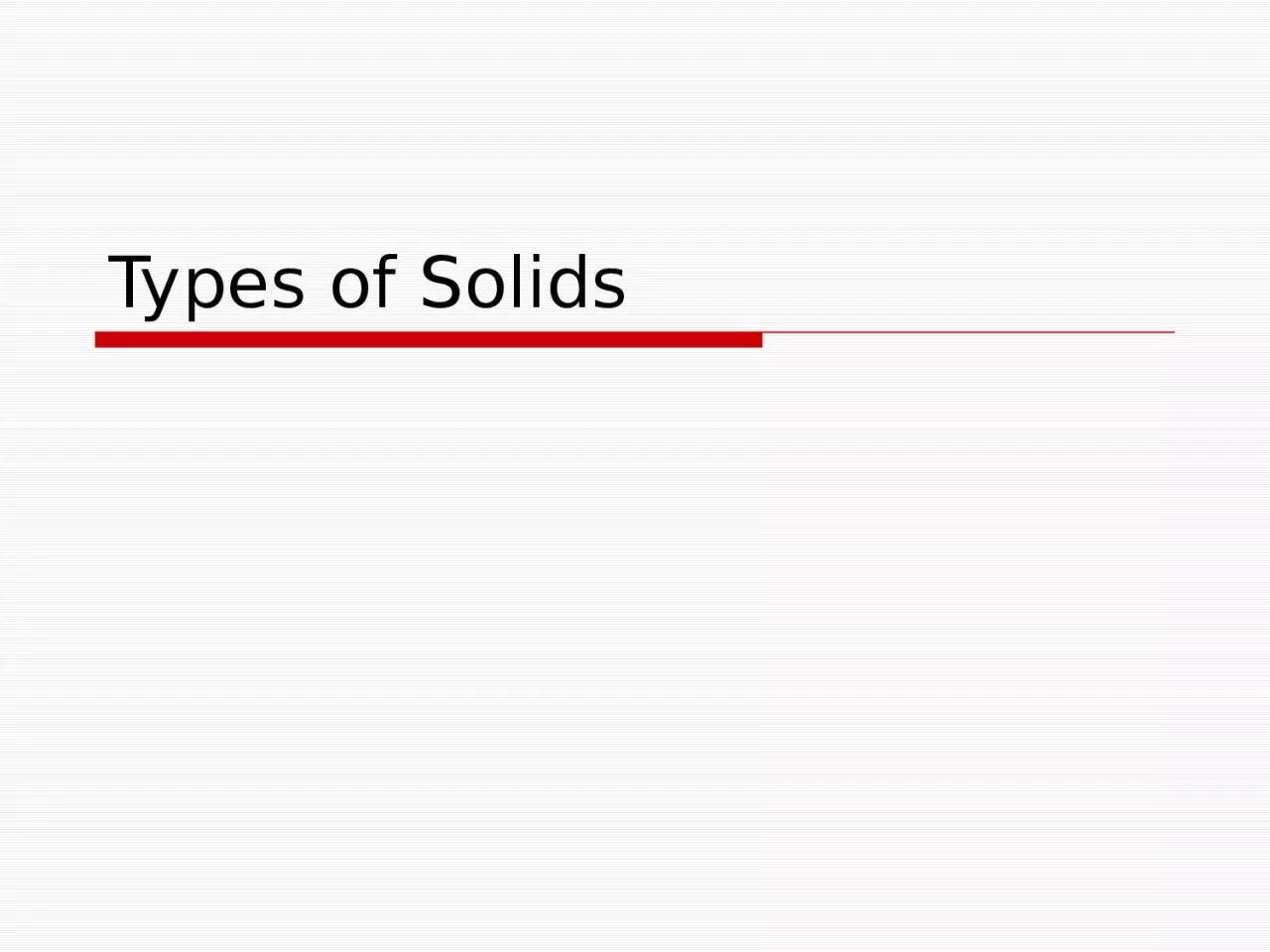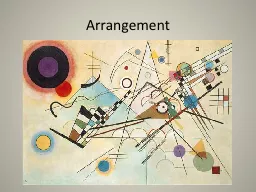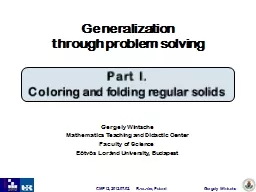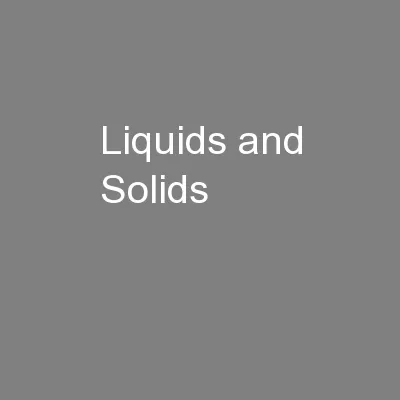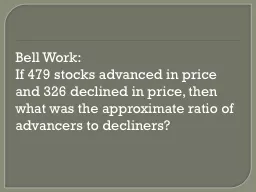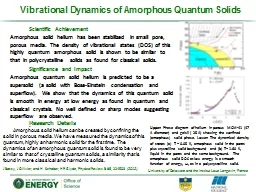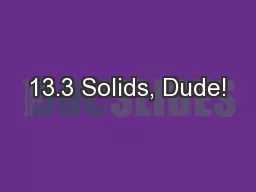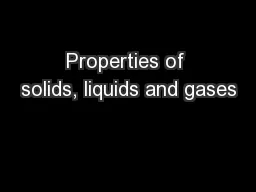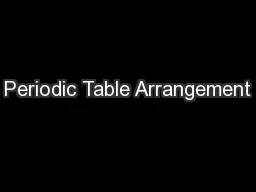PPT-Types of Solids Solids Crystalline Solids- have a regular repeating arrangement of their
Author : natalie | Published Date : 2023-10-27
Salts Sugars Metals Amorphous Solids have no regular repeating arrangement of their molecules Common glass several polymers Crystalline Structure Amorphous Amorphous
Presentation Embed Code
Download Presentation
Download Presentation The PPT/PDF document "Types of Solids Solids Crystalline Solid..." is the property of its rightful owner. Permission is granted to download and print the materials on this website for personal, non-commercial use only, and to display it on your personal computer provided you do not modify the materials and that you retain all copyright notices contained in the materials. By downloading content from our website, you accept the terms of this agreement.
Types of Solids Solids Crystalline Solids- have a regular repeating arrangement of their: Transcript
Download Rules Of Document
"Types of Solids Solids Crystalline Solids- have a regular repeating arrangement of their"The content belongs to its owner. You may download and print it for personal use, without modification, and keep all copyright notices. By downloading, you agree to these terms.
Related Documents

